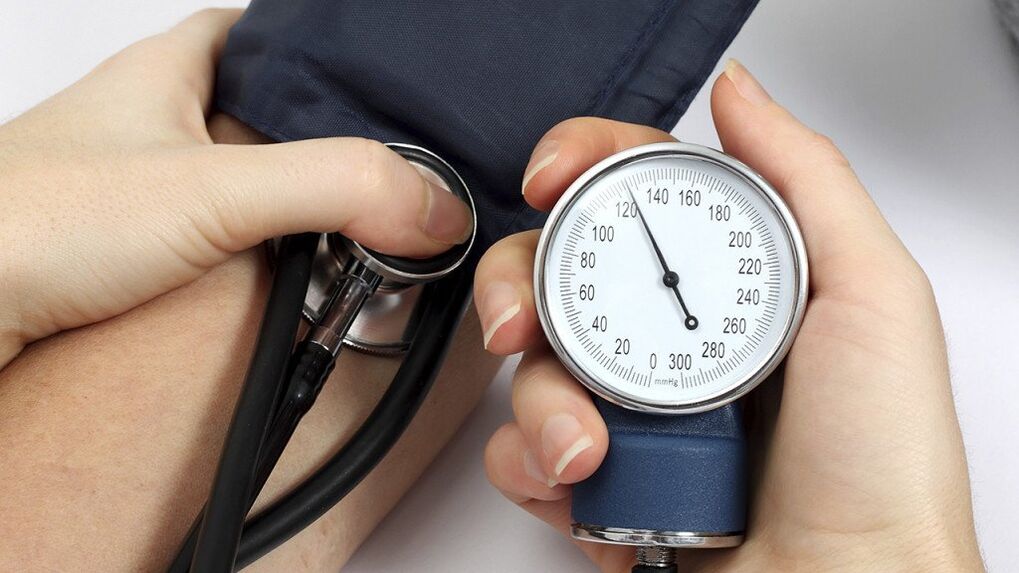
High blood pressure, or arterial hypertension, can lead to serious complications.
hypertension
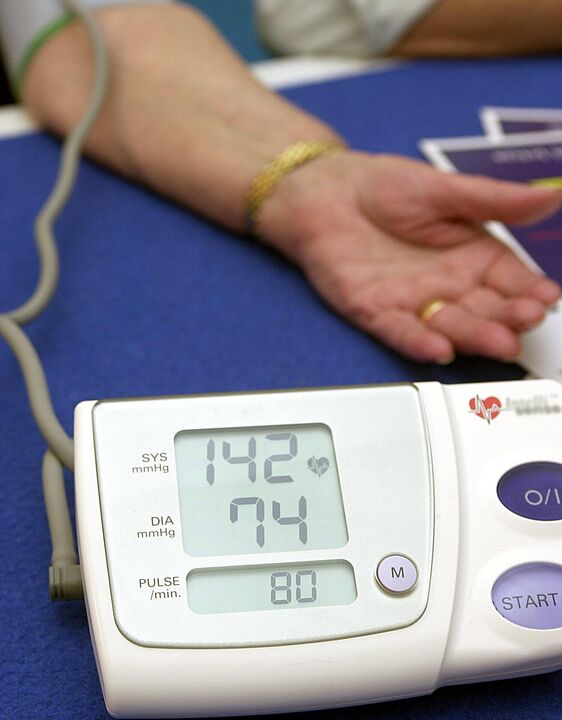
- Headache in the back of the head (often throbbing);
- Dizziness;
- sleep disorder;
- "Fly" visual effects;
- Heartache.
The danger of high blood pressure is that it often has no symptoms in the early stages.

- Ensure restful sleep;
- avoid stressful situations;
- Practice relaxing your body;
- follow dietary habits;
- Increase physical activity.
high pressure
High blood pressure, caused by high blood pressure, is the most common cause of death and disability.
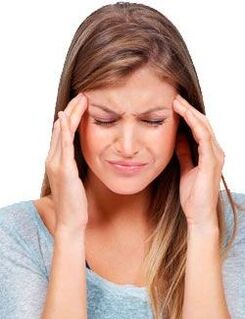
- Arrhythmia;
- nosebleed;
- Pain in the heart area;
- Headache;
- Gait and movement coordination disorders;
- severe visual impairment;
- muscle weakness;
- Paralysis (due to impaired cerebral circulation);
- Coughing up blood;
- Unable to self-service;
- speech impairment;
- Confusion.
Prevent high blood pressure
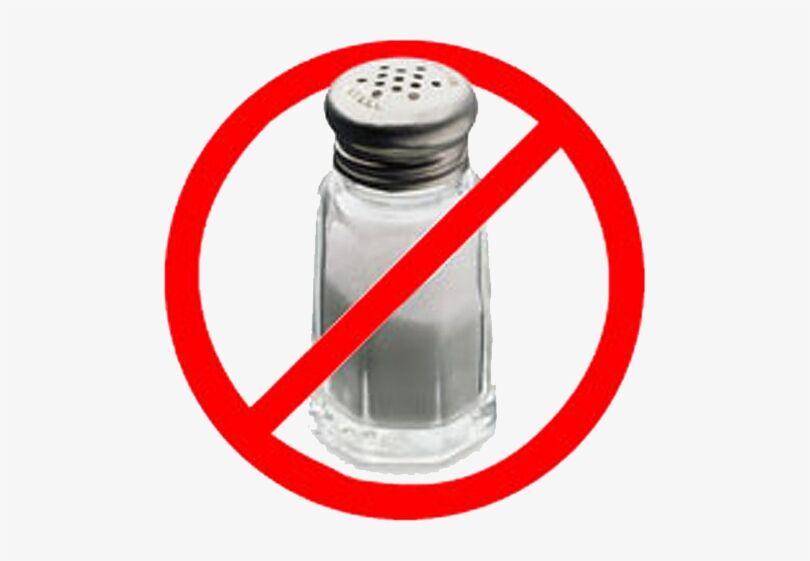
- maintain a normal weight;
- Eat less salt;
- Maintain moderate physical activity;
- Quit smoking and reduce alcoholic beverage intake;
- Eat potassium-containing foods (the average daily potassium requirement for adults is 3, 500 mg);
- Include fresh fruits and vegetables and low-fat dairy products in your daily diet.
proper nutrition
- The content of protein, fat, and carbohydrates in the daily diet should be balanced. Daily intake for adults: protein - 100 g, fat - 100 g, carbohydrates - 400 g.
- It is necessary to reduce the consumption of light (quickly converted into glucose) carbohydrates.
- Reduce salt intake.
- Enrich your daily menu with foods rich in vitamins, potassium, magnesium and other beneficial micronutrients.
- Replace animal fat with vegetable oil.
- Include seafood rich in iodine and fatty acids in your diet.
- Develop correct eating habits: Eat 5 meals a day, with the last meal 2 hours before going to bed.
- Prefer boiled or steamed dishes.
- Daily fluid intake should not exceed 1. 5 liters (including liquid dishes and tea).
With stage 1 hypertension, it is necessary to limit the intake of certain foods. For Years 2 and 3 - Completely excluded.
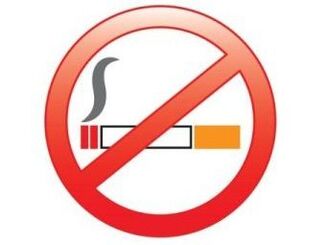
- Rich fish and broth;
- fatty pork and mutton;
- Espresso and tea;
- butter, lard;
- hot spices;
- baked goods, cakes, pastries;
- Pickled vegetables, radishes;
- Mayonnaise, fat sauce;
- chocolate, cocoa;
- sweet soda;
- Alcohol and Tobacco.
Products that lower blood pressure
| Product nutritional content | Product sample list |
|---|---|
| folic acid | Tomatoes, spinach, citrus fruits, peas, beans |
| lactic acid | Sauerkraut, low-fat fermented dairy products |
| Vitamin C | rosehip, garlic, gooseberry, lemon |
| crude fiber | Potatoes, grains, vegetables, herbs, berries and fruits |
| Phosphorus, magnesium, potassium | Nuts, seafood, seeds |



























